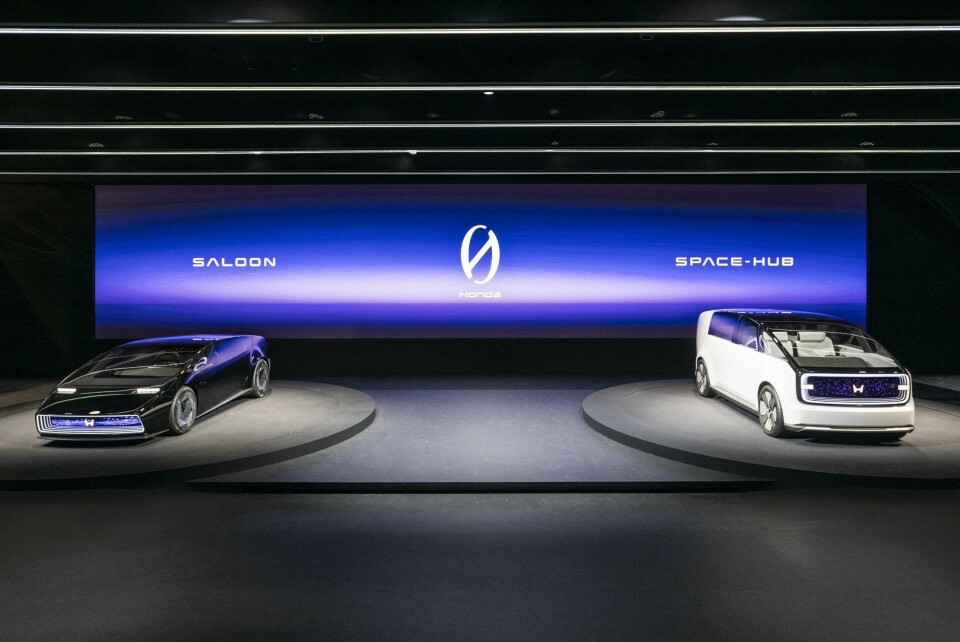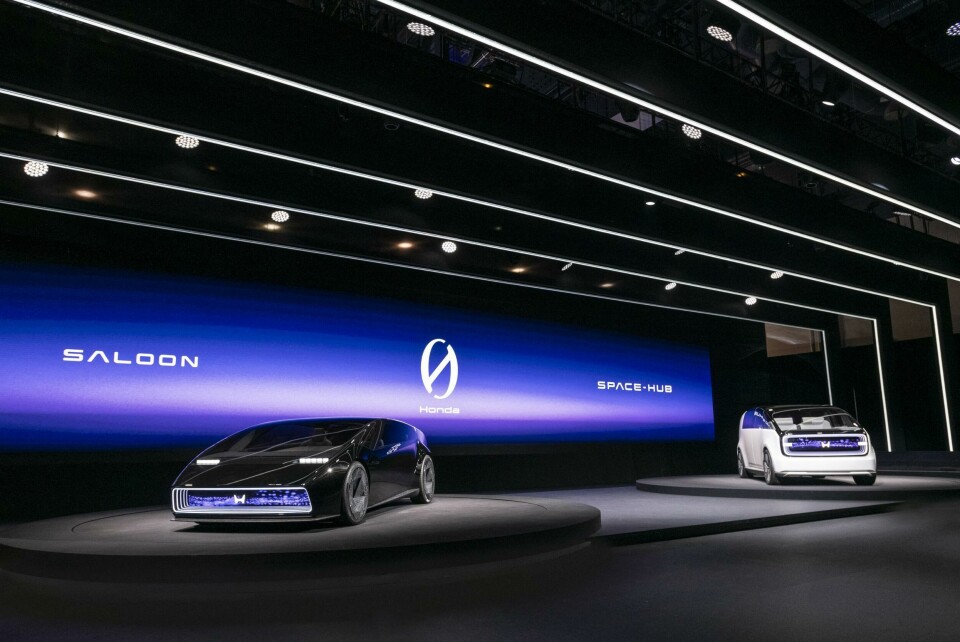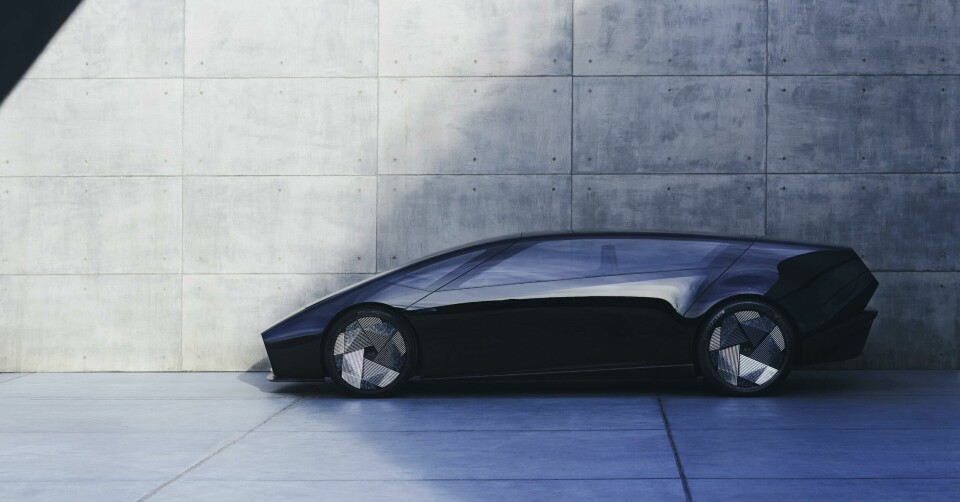
Honda reveals futuristic ‘0 Series’ concepts
Honda’s newest concepts present a strong, optimistic view of the future and preview a new line of electric vehicles
This week, at the annual tech bacchanalia that is CES, Honda surprised everyone by revealing two new concepts which preview a new line of innovative electric vehicles.
The two cars are the Saloon, a sedan that is both wedgey and curvaceous, and Space-Hub, a spacious MPV/lounge, and will be grouped together under the name “Honda 0 Series” (pronounced zero). Though different in shape, they share the same design language and technical design philosophy. Also introduced was a new design for Honda’s iconic “H” mark which will be reserved for electrics, and a stylised ‘Ø’ which will mark the ‘0 Series’ and is itself a bit of a hybrid between ‘0’ and an ‘H’.
A new approach to EV architecture is foundational to the ‘0’ series, with an emphasis on lighter components – including batteries, thinner assemblies, and advanced electronics and futuristic control systems.

“The mobility we dream of is not an extension of the trend of ’thick, heavy, but smart EVs,’ said Toshihiro Mibe, global CEO of Honda. “We will create a completely new value based on thin, light and wise as the foundation for our new Honda 0 EV series to further advance the joy and freedom of mobility to the next level.”
Thin, Light, and Wise aren’t just clever buzzwords for Honda, they represent a foundational shift. From Honda’s press release, “These principles counter the traditional constraints of battery electric vehicles while building on long-standing Honda engineering philosophies like ‘M/M’ man maximum/machine minimum. These principles will be reflected in key areas like the use of a dedicated ‘thin’ EV platform that creates a low floor for aerodynamic performance and software-defined mobility products for a ‘wiser’ and intelligent user experience.”
The flagship of the new “0 Series” will be the Saloon, a curvaceous sedan (or, saloon, if you are in the UK) with a broad wedgey front. Very sleek, and presumably very aerodynamic, the Saloon is a one-bow design with a minimum of complicated surfaces or character lines. The emphasis, instead, seems to be on the mass or overall form of the car, and, painted black, as it was for CES, makes for quite a striking presence.
The front mask of the car is a near-vertical recessed screen surrounded by running lights, with the headlights up just below the cowl. The front mask finds its complement at the rear of the car, with a high rear fascia with telescoping tail lights surrounding an angled screen. The bumper and license plate and additional brake light are mounted below this.
Access to the interior is by an enormous gullwing door which opens wide to a spacious four seat interior. The driver has access to an advanced active safety system that builds upon Honda’s bespoke SENSING Elite system first introduced in Japan on the Legend model in 2021.
Additionally, Honda anticipates more advanced automated driving systems to come online later in the decade, and so the steering yoke (no wheel here) can recess into the instrument panel, which is, in fact, a pillar-to-pillar LED screen with a simplified HMI, adaptable to both traditional driving and automated cruising. Similarly, the seats, especially the driver’s, can adjust to both active driving and relaxed, automated cruising.
The other member of the forthcoming “0 Series” is the Space-Hub, an MPV with a large passenger volume in a relatively compact form, again thanks to the new, thinner electric vehicle architecture. Designed under a theme of “augmenting peoples’ daily lives”, the Space-Hub seats six, with, in theory, a variety of seating arrangements. At CES, the vehicle was shown with two occupants in front and lounge seating for four at the rear.
The interior of the Space-Hub is predictably commodious with a nice lounge as its main space and a front occupant space much like the Saloon in design, complete with giant screen IP, recessed steering wheel, large windscreen and overall broad visibility to the passing landscape.
The overall mass of the Space-Hub is certainly MPV-like with a similar front mask to the Saloon and a large Honda graphic at the rear. Again, the emphasis is on form rather than complicated surfacing, a hopeful trend we see popping up in different designs at recent shows.
The similarities in design language represent Honda’s adaptation of a broader design theme for the ‘0 Series”. Again, from its press release, “Models in the series will feature a new design philosophy called ‘The Art of Resonance’ which brings together the environment, society and users in harmony. This includes the use of sustainable materials and evoking emotion through design.”

Taken together, and especially in the case of the Saloon, the Honda “0 Series” is the kind of futurism we need now. There’s a hint of 1970s wedge design, a bit of Syd Mead spirit, and some techno-optimism that defies some of the disappointing news that characterised much of 2023.
Hopefully the Honda “0 Series” can retain its edgy futurism into production form, along with the promise of advanced engineering. Honda’s newest concepts present a strong, optimistic view of the future. Let’s hope that translates into cars that will soon populate Honda showrooms in the near future and influence the industry as a whole.

























